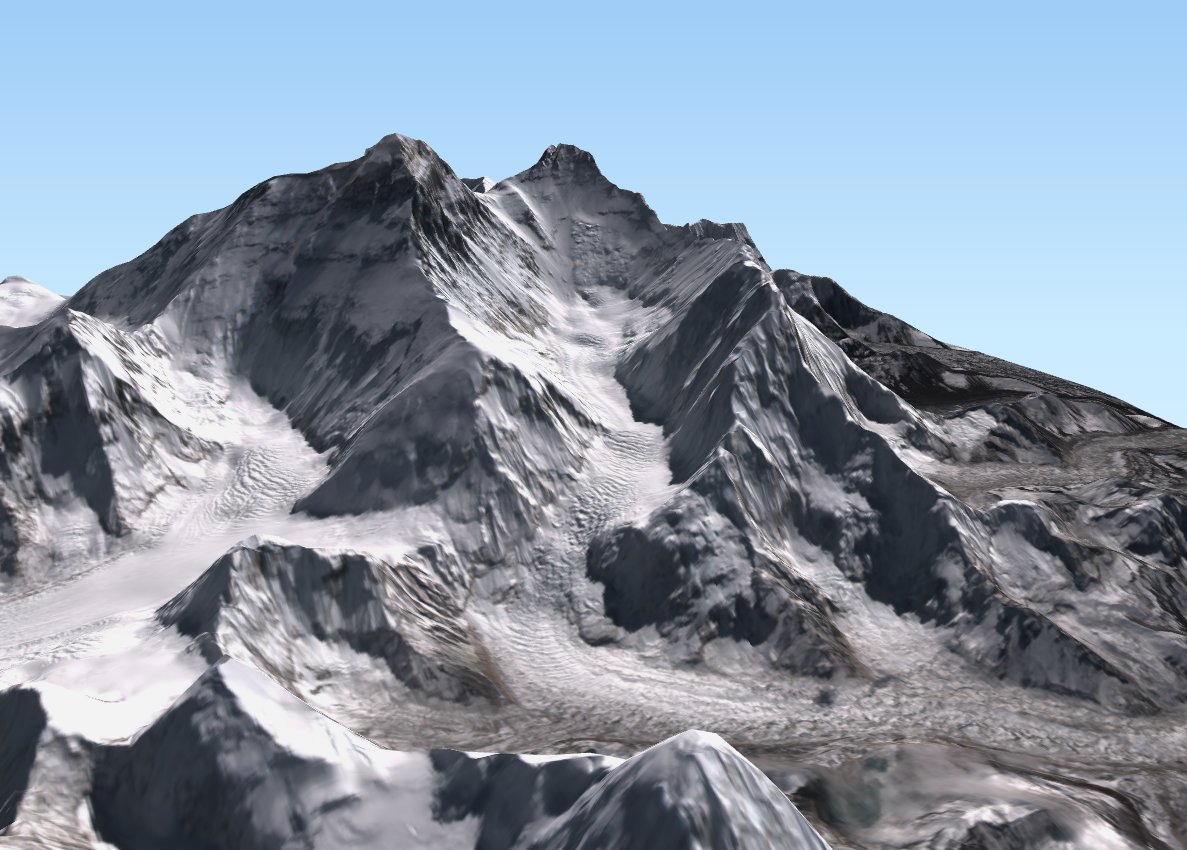Turbulences ahead for Sentinel-2 users
*Update* on 27/10/2021 : the deadline has been extended to early January 2022 !
*Update* on 07/10/2021 : The deadline has been extended to the 15th of November !! And sample products are now available. We’re relieved, thank you ESA:
*Update* on 29/09/2021 : ESA just detailed the changes here, and they will become operational on the 26th of October !!
You might have noticed this sentence on the most recent Sentinel-2 status report :
Outlook
• Upgrade of the processing baseline for both Level–1C and Level–2A featuring several improvements in the algorithms and changing products format. The change is foreseen in September/October 2021 and further news will follow here.
From what we have heard at CNES, the changes will include :
- A change in the coding of the reflectances : an offset will be added to keep the zero as no-data value, and still enable to code for zeroi or negative reflectances in the products.
- The vector masks should be replaced by raster masks, which is probably not a simple change that you can implement with two lines of code.
The change should be put in production before the end of October, while we do not have any accurate description so far. Accounting for these modifications within our and your processors and products in such a short delay will be difficult. Within Theia and for the MAJA team, being on time for these changes will be a hard challenge. Turbulences ahead !









